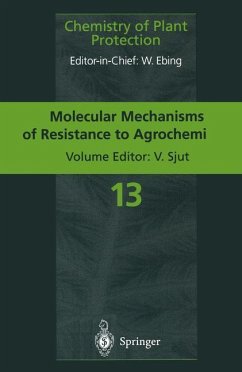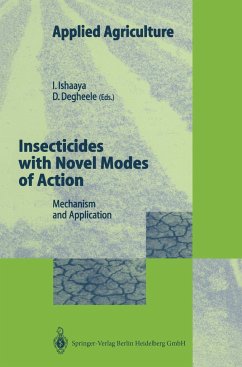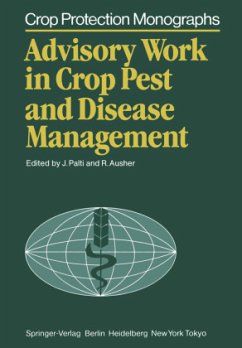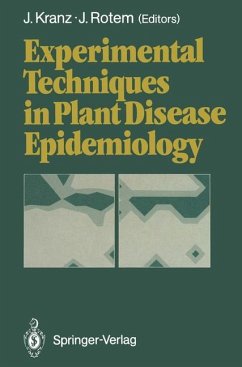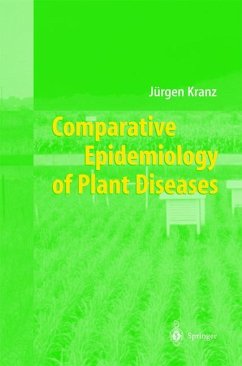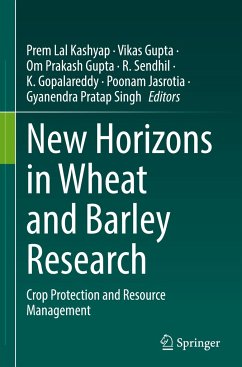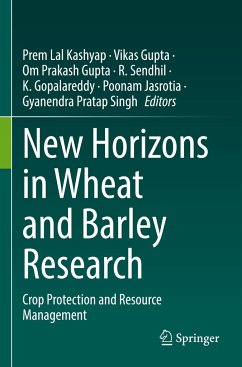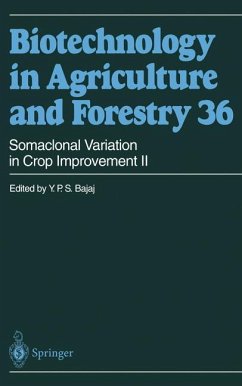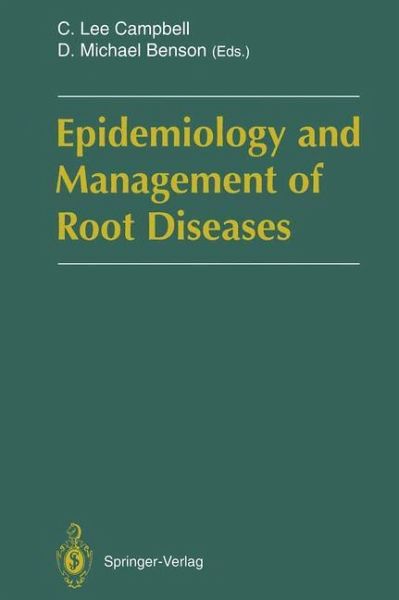
Epidemiology and Management of Root Diseases

PAYBACK Punkte
38 °P sammeln!
Root disease epidemics, because much of the activity takes place in soil and out of sight, pose special challenges to growers who seek to manage them and to scientists who study them. All relevant topics of root disease epidemics and their management are presented: The critical aspects of specific disease components including inoculum, host roots, mycorrhiza and the soil environment are explored. Challenges of disease assessment and the temporal and spatial aspects of epidemic development are considered, and approaches to root disease management including host resistance, chemical, biological ...
Root disease epidemics, because much of the activity takes place in soil and out of sight, pose special challenges to growers who seek to manage them and to scientists who study them. All relevant topics of root disease epidemics and their management are presented: The critical aspects of specific disease components including inoculum, host roots, mycorrhiza and the soil environment are explored. Challenges of disease assessment and the temporal and spatial aspects of epidemic development are considered, and approaches to root disease management including host resistance, chemical, biological and cultural management are discussed in detail. The book fulfills the needs of researchers, teachers, and practitioners of plant pathology.





